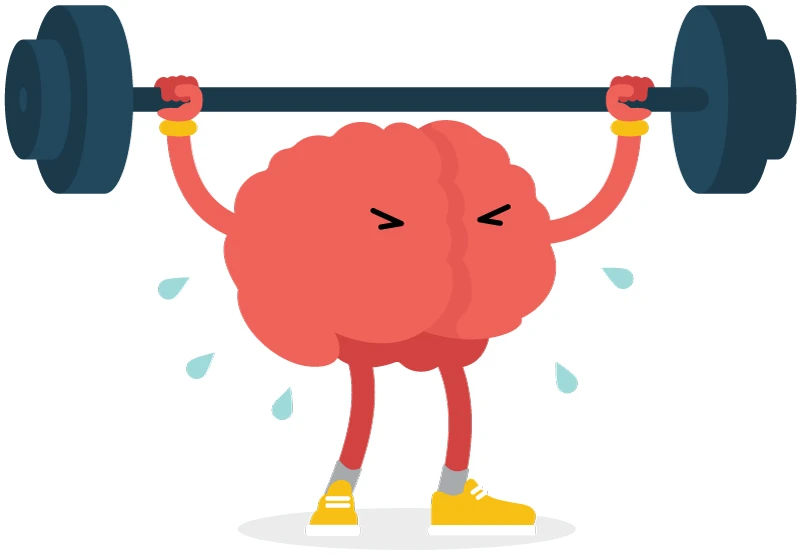When you’re living with depression, even thinking about exercise can feel like climbing a mountain. Setting huge goals like “I’m going to run five times a week” often backfires, leaving you feeling worse when you can’t keep up. That’s where the SMART framework comes in — it helps you turn vague intentions into clear, manageable steps.
“Look into the future (a few months ahead). Set a specific, measurable and time-bound goal for that future. Take a small step today, towards that future goal.” – Exercise and Depression
Here’s how to build a SMART goal for exercise:
- Specific: Choose the exact exercise you’ll do, like gentle yoga, swimming, or a 20-minute walk around your neighborhood.
- Measurable: Pick something you can count — minutes, sessions per week, or distances.
- Attainable: Make sure your goal feels challenging but doable given your current energy and mental health.
- Relevant: Tie your goal to reasons that matter to you personally — maybe you want better sleep, more energy, or a sense of achievement.
- Time-bound: Set a clear timeframe. For instance, “In 2 months, I’ll be able to jog for 30 minutes three times per week.”
Example SMART Goal
“I want to walk around the lake for 20 minutes every Monday, Wednesday, and Friday for the next four weeks. I’ll check off each walk on my calendar and treat myself to my favourite podcast afterward.”
To check if your goal is measurable, ask yourself:
“Did I do (your chosen exercise) for at least (your chosen duration) on (day 1), (day 2), and (day 3) last week?”
Start small. Celebrate every step forward. Remember, even a few minutes of movement can help boost your mental health.
Want to dive deeper into how exercise reshapes the brain and fights depression? Read the full article here.

